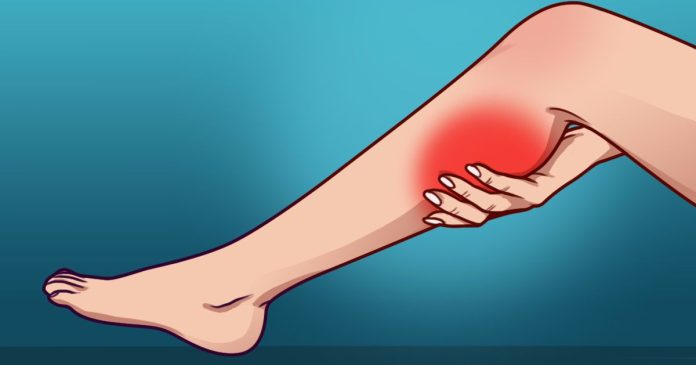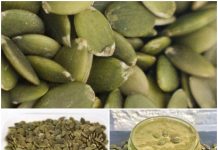What is a leg cramp?
Leg cramps are sudden, involuntary, severe muscle pains, usually in the calves, feet or thighs. They may also be referred to as “charley horse”. Sometimes, cramps cause involuntary tightening of the leg. Although painful, cramps are usually harmless.
What does a leg cramp feel like?
Leg cramps feel like a tight knot of muscle. They can be severely uncomfortable, painful or even unbearable. After the cramp subsides, the muscles in the area may be sore for several hours.
Do you experience leg cramps at night?
Leg cramps at night may occur when you are not very active or when you are asleep. It may wake you up, make it difficult to sleep, or keep you in pain all night. The frequency of leg cramps varies from person to person: once a year, once a month, once a week or once a night. Nocturnal leg cramps can happen to anyone, regardless of age, but they occur most frequently in older adults: 33% of people aged 60 and older have at least one nocturnal leg cramp every two months; almost all adults aged 50 and older experience at least one; and almost all adults aged 50 and older have at least one leg cramp per year. The same is true for 7% of children. In addition, about 40% of pregnant women experience leg cramps at night. This is thought to be due to the extra weight put on the muscles as a result of pregnancy.
Three quarters (75%) of reported leg cramps occurred at night.
How long do leg cramps last?
Leg cramps can last from a few seconds to a few minutes.
Who experiences leg cramps?
The older you are, the more likely you are to have leg cramps. This is because tendons (the tissues that connect muscles to bones) naturally shorten as you get older. They are also more likely to occur in women. It is estimated that 60% of adults and 40% of children and adolescents experience leg cramps at night.
Are leg cramps a sign of a serious illness?
Leg cramps can sometimes be a sign of a serious health condition. (See the “Symptoms and Causes” section.) If you are concerned about a serious health condition, do not hesitate to contact your health care provider and report symptoms, including leg cramps.
Leg cramps can be a major pain. Here are some ways to treat them in the middle of the night to avoid disrupting your sleep.
- Stretch your calf muscles. WebMD says placing a rolled towel under your pillow can help reduce pain when cramps occur by sitting up in bed with your leg straight. Place the rolled towel around the ball of your foot and use it to gently pull your foot back. If you keep your knee straight while doing this, the cramp should gradually release.
- Ride a bicycle. According to WebMD, the act of riding a bicycle is a good measure to prevent cramps because this exercise strengthens and stretches the muscles. If you can’t ride a bike outdoors, you can ride a stationary bike at your local gym.
- Drink until you can urinate. The Cleveland Clinic says leg cramps are often associated with dehydration and electrolyte imbalance. To prevent nighttime cramps, drink at least 6-8 glasses of water a day.
- Loose foot sheets The Cleveland Clinic recommends loosening the sheets and blankets around the feet. This way, the toes will not twist in uncomfortable positions, which can lead to cramps.
- Stretching while standing. Standing stretches are one of the best ways to relieve calf cramps. Shift your weight onto the affected leg and bend your knee slightly. This may be uncomfortable. If the pain becomes unbearable, stop and try stretching while sitting up.
- Stretch for three minutes before bed Men’s Health cited a 2012 study that found stretching your legs for just three minutes before bed reduced nighttime cramps.
- Take these vitamins. Potassium and magnesium can work wonders in fighting cramps; Doctors Health Publishing recommends a daily supplement of 300-500 mg of magnesium. It also recommends increasing potassium through your diet. Bananas are not the only foods rich in potassium. Eat a variety of foods, such as grapes, apricots, oranges and cabbage.










